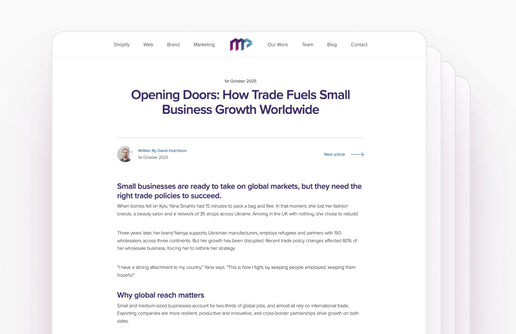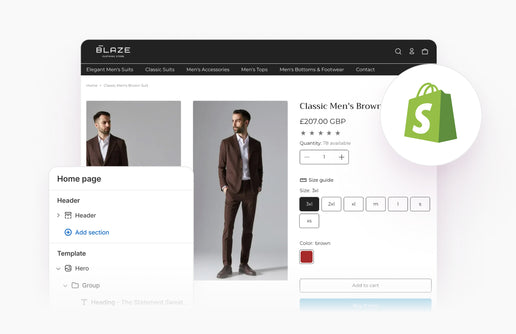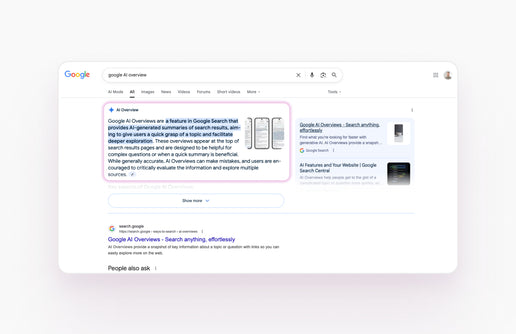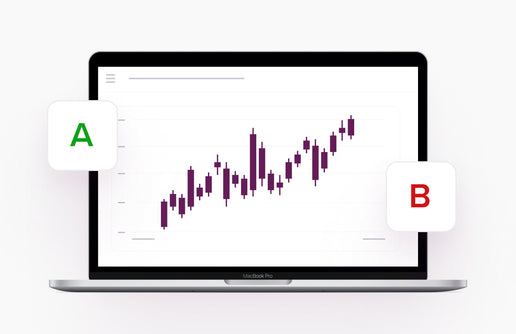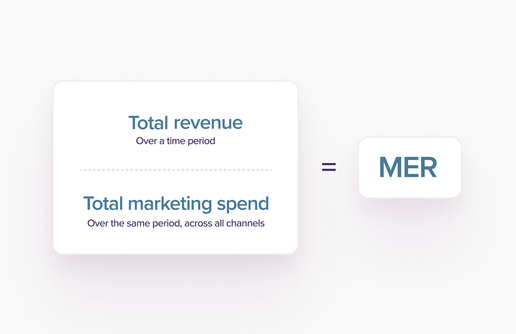Unless you’ve been on a retreat in the mountains without internet for a year, you will no doubt have seen Google’s AI overviews appearing in search results. Right now this is more for informational queries but with Google’s AI mode now launched in the UK, understanding how to get Google to reference you in its results is vital. We have had success appearing in AI overviews following these core principles:

1. Understand How Searches Are Changing
Searches are becoming longer and more personal. With ChatGPT, Google Gemini and a host of other AI tools now being used as search engines, people are taking time to type in longer, more personalised search queries, knowing they’ll get a more personalised response.
Therefore, keyword research will become less and less relevant because search queries will generally get longer, meaning that the occurrence of specific keywords will diminish. Hopefully Google and other AI systems will release new reporting tools that will allow website owners and content creators to see how their content is being shown in AI overviews.
Clicks are also decreasing. Realistically, there’s very little that website owners can do about this. If Google is surfacing relevant information in AI overviews that directly answer user queries then why would users need to then click through to a website? When Google integrates purchasing products into its results as well, then even clicking through to websites to buy products will occur less often. That’s not to say that an optimised website is not important. A poor website = less enjoyable experience and poor product information for those that do visit = less purchases and engagement = lesser known brands = no visibility in AI overviews at all.
We have been saying to clients for a long time that Google uses the same content evaluation tools in AI overviews that it used for traditional search pages. This was then recently confirmed by Google’s Gary Illyes who said that “AI-SEO” or “GEO” or any other new optimisation acronym that you may see around LinkedIn is not necessary to appear in AI overviews. (Notice how we haven't added any more blog post filters for AIEO/GEO in our overall blog page...because it's still SEO.)
2. Understand Your Audience
There are millions of people out there who are looking for a business or website just like yours. Spend time understanding what their needs might be. Don’t just look at the surface level of what you offer to people, think about all the ways the members of your overall audience differ from each other. What specific needs might different people have? How can you create content or update your website to fit all the potential needs of your audience?
3. Create Helpful Content
Google’s ultimate goal is to satisfy the needs of searchers - to provide answers that they find helpful. That means you need to create content that Google thinks will truly satisfy the needs of your audience. This involves: Looking at content that is currently being shown and being substantially better than it in every way you can think of. Are existing sources glossing over important information that people should know? These are opportunities for you to create even more valuable content.
The same content that we were ranking high on page 1 for, is now referenced in AI overviews without any further edits to the page or content. Meaning that Google’s definition of useful content is largely the same. Follow the standard EEAT guidelines and you will be on your way.
4. Keep An End-Goal In Mind
When you look at who Google cites in AI overviews, a lot of results will come from highly reputable sources that are known as a “go-to source” for that topic. We believe every website owner should create content at least with this goal in mind - to be a genuinely recognisable source of information on your topic. This is not to say that you will become this overnight or to guarantee that you will become this ever, but creating content with that being your end goal can only serve you well.
Ask yourself “if i want to become the go to source for this topic, what kinds of content should I create?”
5. Review Structured Data
Google is using AI not just in their search results pages, but in their systems that help to understand and rank content. It only makes sense that then focusing on structured data should help to improve Google’s ability to understand your content.
Look at the content on your website and review Google’s list of supported structured data to identify any you need to implement.
6. Look At External/Internal Linking
Regardless of how Google presents your content, it still needs to discover your content and the way it does that is by following other links on the web and on your website. Having a well-thought-out & comprehensive menu structure and strong internal links across your website is important.
If you are a new website/small business then having larger names on the web link to your content can only be good. Backlinks are just one small factor when it comes to Google finding content, but they can be useful for Google discovering small brands.
Organic social media should be a part of every brand’s strategy in 2025. Now that social media posts are being indexed by Google, Google can tell how much people engage with your brand in other areas of the web and strong social engagement will only serve you well. Also, if other large social media profiles tag you on social media, Google will likely see this, meaning more authority for your brand.
What You Can Do Now:
- Think about all the members of your target audience and what different needs they might have as individual
- Plan content as if you wanted to become the go-to source of information on a topic
- Review what Google is showing for search terms related to your business
- Create content that your audience will find truly helpful
- Follow our blog to keep up to date with the latest search updates
- Review your structured data to identify how your website can be more readable to Google’s AI systems
- If you are a small business, try reaching out to bigger names/publications to try get your name out there virtually.
- Expand your social media presence and look for collaborations.
What Can We Do For You?
Understanding what Google wants to see and present to users is vital to appearing in AI overviews and now AI mode. SEO is not dying, it is evolving. Google is still a search engine, therefore optimising for that search engine is still important, what’s ‘died’ is the traditional methods that SEOs and marketers used to get seen on Google. If you want digital marketing partners who are up to date with the latest SEO strategies then do not hesitate to get in touch with our team.


